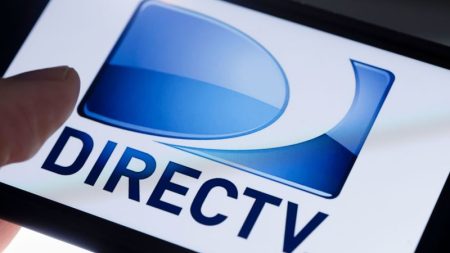On balance, 401(k) participants have had a good run over the past year. Especially those who have amassed a balance of at least $1 million.
The number of so-called 401(k) ‘millionaires’ rose to a new record high in the second quarter, according to a new data analysis released Wednesday by Fidelity Investments, which based its conclusions on 24 million 401(k) accounts across the 26,000 employer-sponsored plans that it administers.
As of June 30, nearly half a million 401(k) accounts (497,000) had balances of $1 million or more, up 2.5% from the prior quarter. The average balance hit $1,595,200, up from $1,581,00 at the end of March, according to Fidelity’s data.
And then there is everyone else …
Of course, for the vast majority of 401(k) participants, the numbers were less flashy and the trends a mix of good and bad news.
Great stock market returns can’t create an adequate retirement nest egg unless someone is consistently saving and investing over their career. The good news here is that Fidelity found that participants’ average savings rate was 14.2% of their income in the second quarter, on par with where it was in the prior quarter. That savings rate is just below the 15% that retirement experts typically recommend. And it reflects a combination of employee contributions (9.4%) plus an employer match (4.8%).
The average 401(k) balance across all participants rose to $127,100, up 1% from the first quarter, and up 13% from the second quarter in 2023.
Overall averages, however, don’t give a good indication of how any particular age group is doing.
Take Gen Xers. The oldest members of that generation will reach full retirement age (67) within the next decade.
The good news for them: Those who have been saving in a 401(k) for at least 15 years saw their average balance reach $554,000, up from $543,000 in the prior quarter.
The bad news: Among all Gen Xers with a 401(k), regardless of how long they’ve saved, the average balance was $182,100. And the median balance — which marks the point at which half of 401(k) balances are lower — was just $55,500, according to Fidelity.
Keep in mind, all of Fidelity’s 401(k) numbers include the accounts of people who just joined a company and have access to a 401(k) for the first time or people who changed jobs and rolled their 401(k) savings into an IRA. So, someone who built up tens or hundreds of thousands of dollars in savings at another job, where the 401(k) administrator was not Fidelity, and only just started putting money in a Fidelity-run 401(k) at a new job might be lowering the averages measured.
For instance, Fidelity also has data on nearly 16 million IRA accounts, and found that Gen X contributions to IRAs rose 30% over the last year.
But, broadly speaking, especially for Gen Xers, and especially for the tens of millions of private-sector workers who either don’t have access to a 401(k), or who are not able to afford to participate in a 401(k), there is concern among policy experts that they will not have enough in savings set aside to allow them to maintain their standard of living in retirement, and will have to rely heavily on Social Security.
Read the full article here




